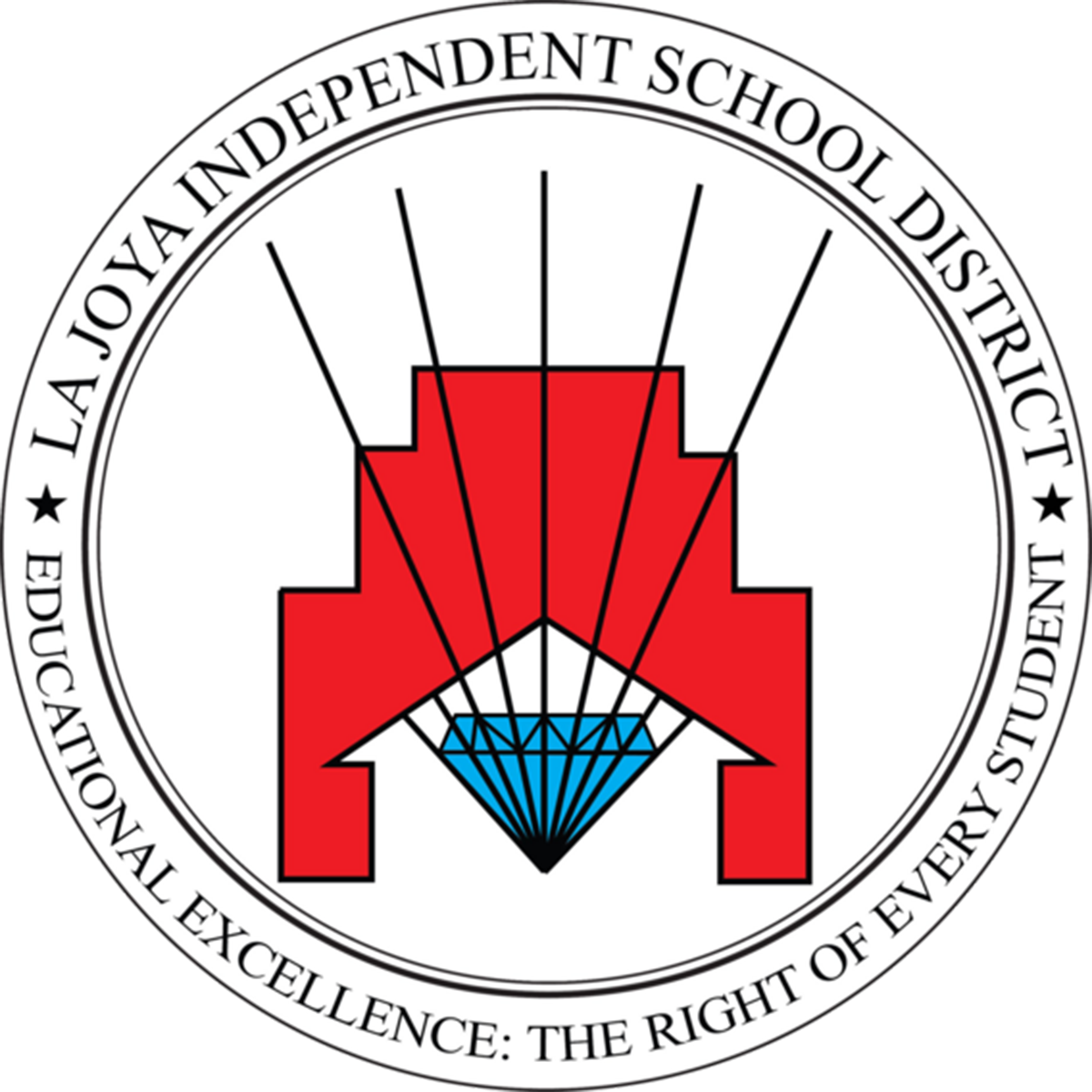Skip to content
Athletics School Actions 2026-2027EnrollmentMedia Coverage FormParent ResourcesTranscript RequestHealth ServicesSchool Calendar 2025-2026Staff ResourcesSuggestion BoxSummer Programs 2025TEA InterventionTEA Verified ScoresWeather UpdatesSchool BoardStrategic PlanAdvisory CommitteesDistrict Advisory CommitteeOrganizational Chart 25-26Evangelina Garza Turnaround Plan (TAP)Instructional Framework Educator Resources
Athletics School Actions 2026-2027EnrollmentMedia Coverage FormParent ResourcesTranscript RequestHealth ServicesSchool Calendar 2025-2026Staff ResourcesSuggestion BoxSummer Programs 2025TEA InterventionTEA Verified ScoresWeather UpdatesSchool BoardStrategic PlanAdvisory CommitteesDistrict Advisory CommitteeOrganizational Chart 25-26Evangelina Garza Turnaround Plan (TAP)Instructional Framework Educator Resources
Show submenu for About Our District
About Our District
Event Tickets
LJISD Departments
Superintendent
Parents
Transcript Request
Employment
Transportation
Health Services
District Advisory Committee
Instructional Framework & Lesson Structure
School Actions Planning 2026-2027
Show submenu for
